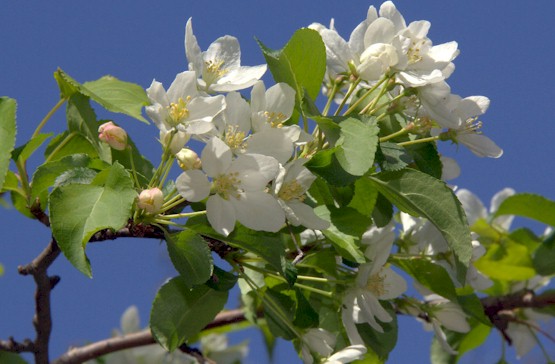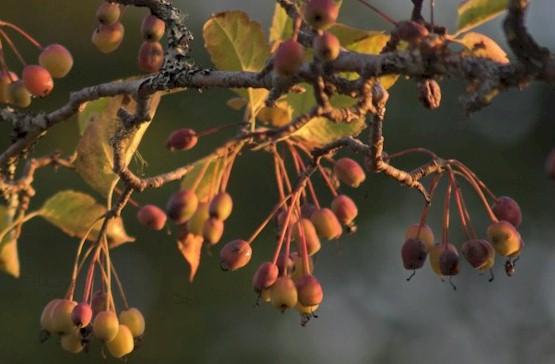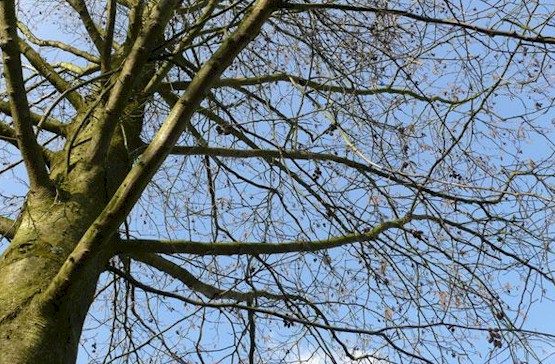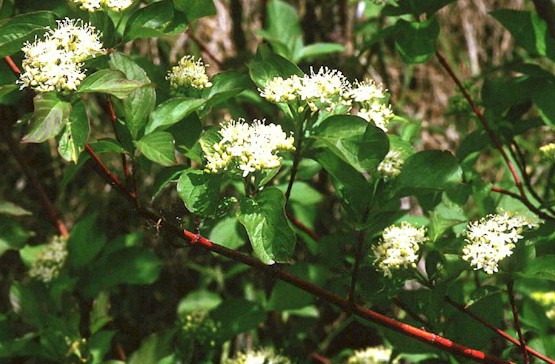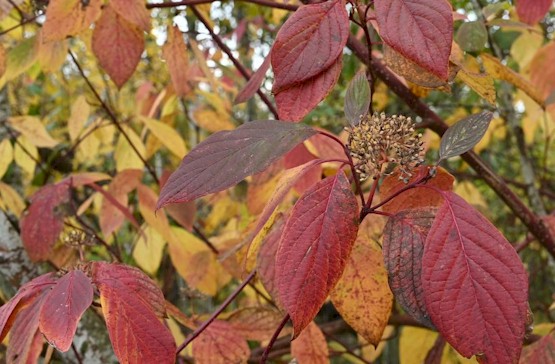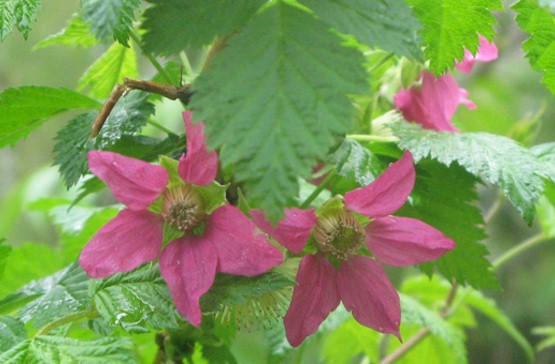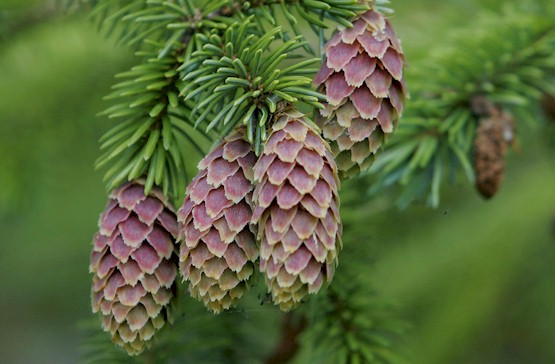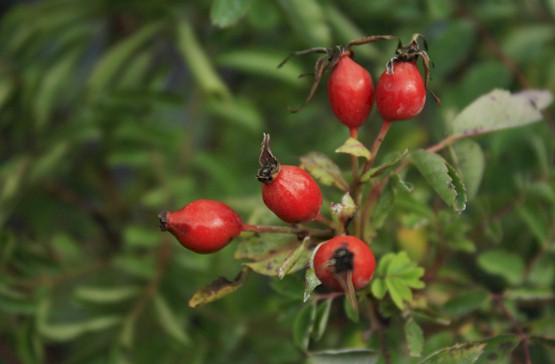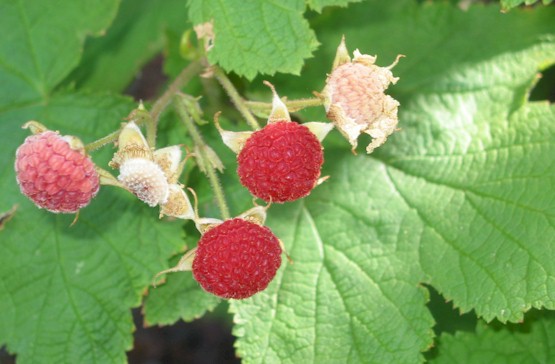This page provides detail and images of the various flora along Boise Creek and in our yard at Boise Creek Farm. Most of the creek flora was planted during the 2004 Boise Creek Riparian Planting Plan by King Conservation. The plants are listed in alphabetical order.
Along Boise Creek











